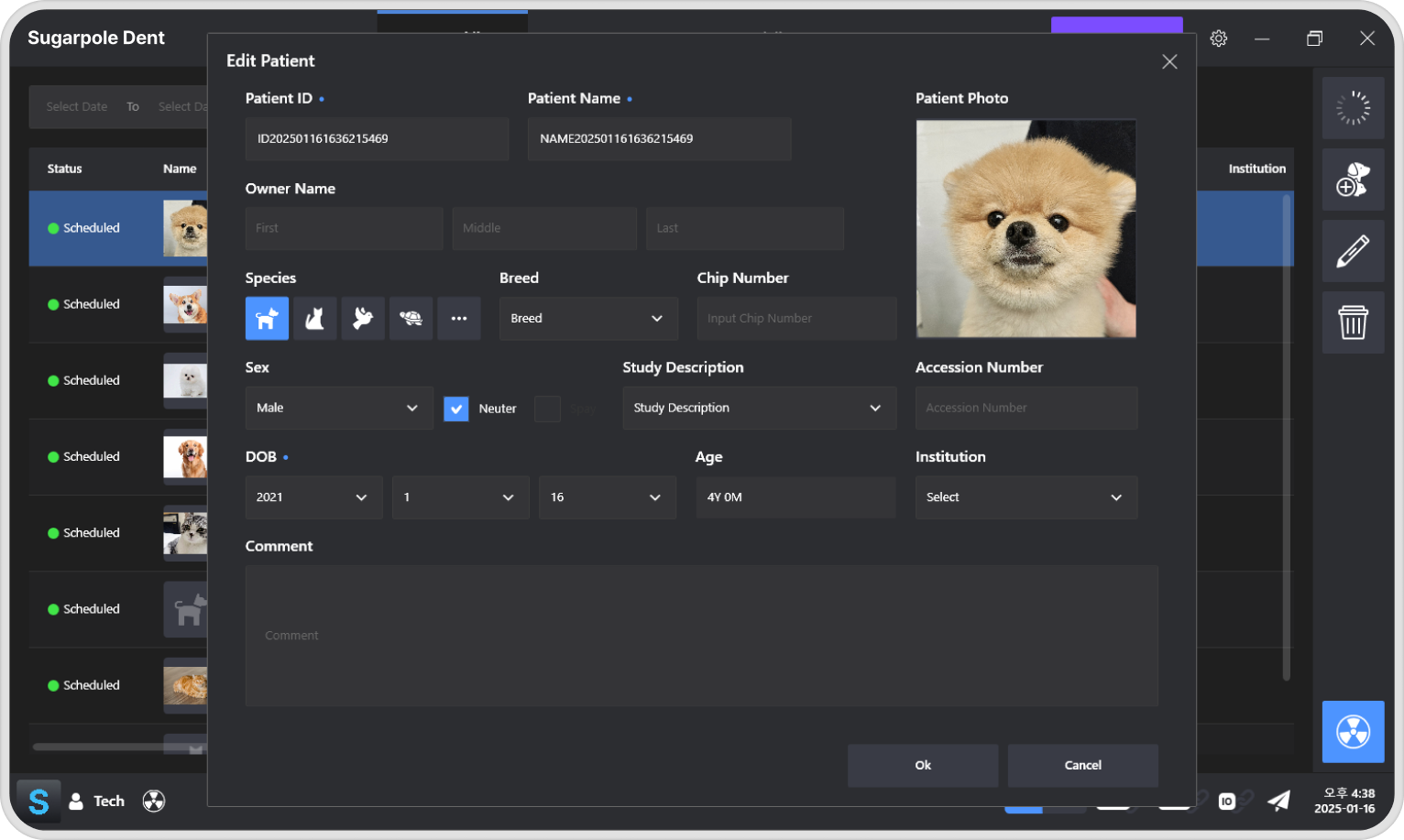Veterinary 2D, the cutting-edge dental X-ray viewer designed specifically for veterinary professionals. Quickly and accurately analyze dental radiographs of your patients, leading to faster diagnoses and improved treatment plans. Veterinary 2D is built for efficiency and ease of use, streamlining your workflow and enhancing patient care.
Provides clear and detailed dental X-ray images of animals.
Intuitive and easy-to-use design for all users.
Supports various image formats such as DICOM, JPEG, and PNG.
Loads and processes large images quickly, saving time.
Provides accurate measurement functions for tooth length, angle, and area.
Allows for detailed analysis with image zoom/pan and rotation functions.
Ensures optimal image readability with brightness and contrast adjustment.
Generates reports including measurement results and analysis.
Allows adding annotations to images to mark and describe important areas.
![]()
Applies image processing algorithms optimized for animal dental anatomy.
![]()
AI-based automatic tooth recognition for improved diagnostic efficiency.
![]()
Provides dental analysis capabilities for various animal species such as dogs and cats.
![]()
Provides continuous updates to reflect the latest technology and features.
Displays clear and detailed dental X-ray images, allowing for precise examination of animal dental structures.
Specifically designed to enhance the visibility of dental tissues and pathologies in X-ray images.
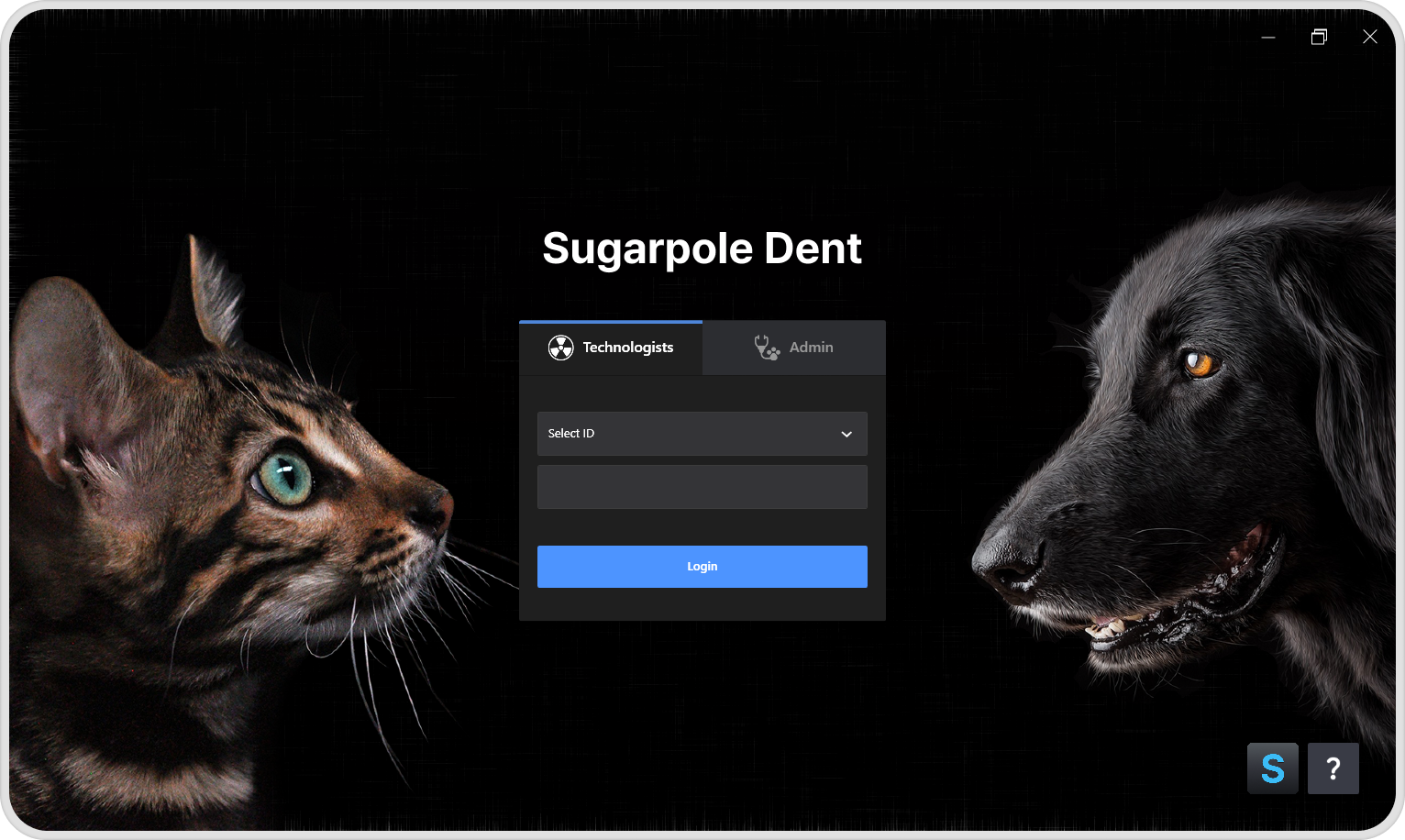
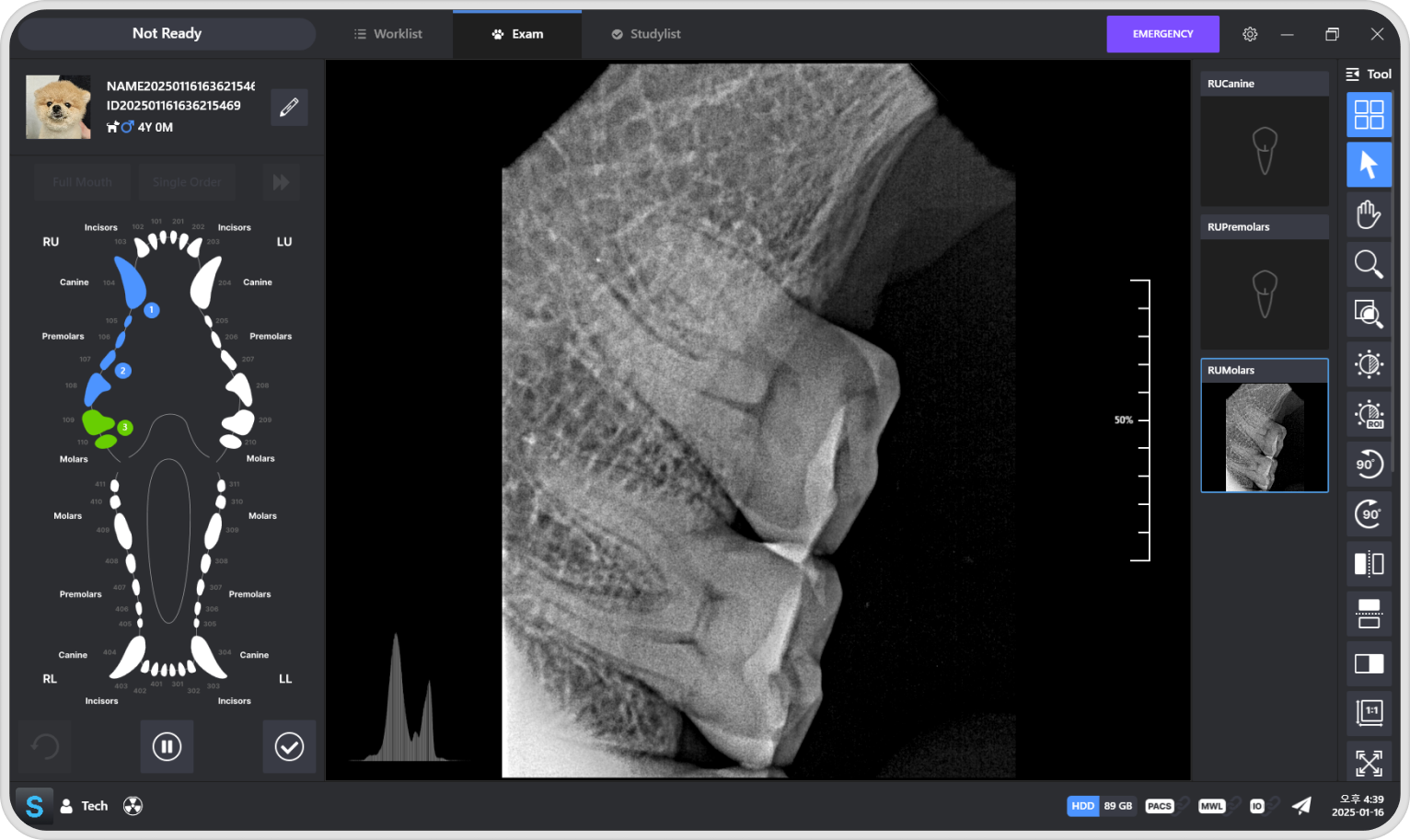
Easy-to-navigate interface that simplifies the process of viewing and analyzing dental X-rays.
Provides tools for precise measurements of tooth length, angles, and other relevant dimensions, aiding in accurate diagnosis and treatment planning.
Allows for close examination of specific areas of interest with easy-to-use zoom and pan functions.
Rotate images to view dental structures from various angles, providing a comprehensive understanding of the dental anatomy.
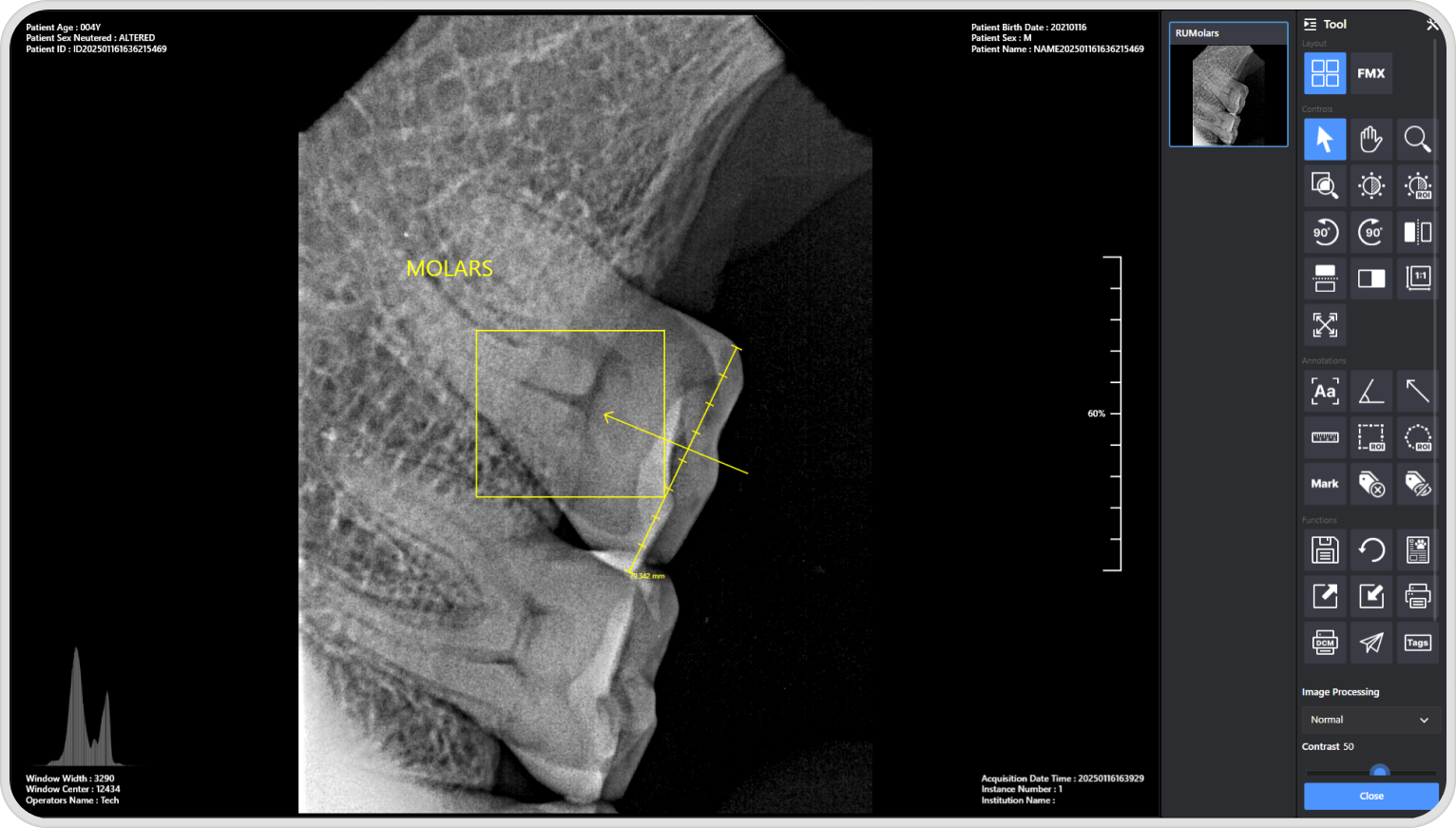
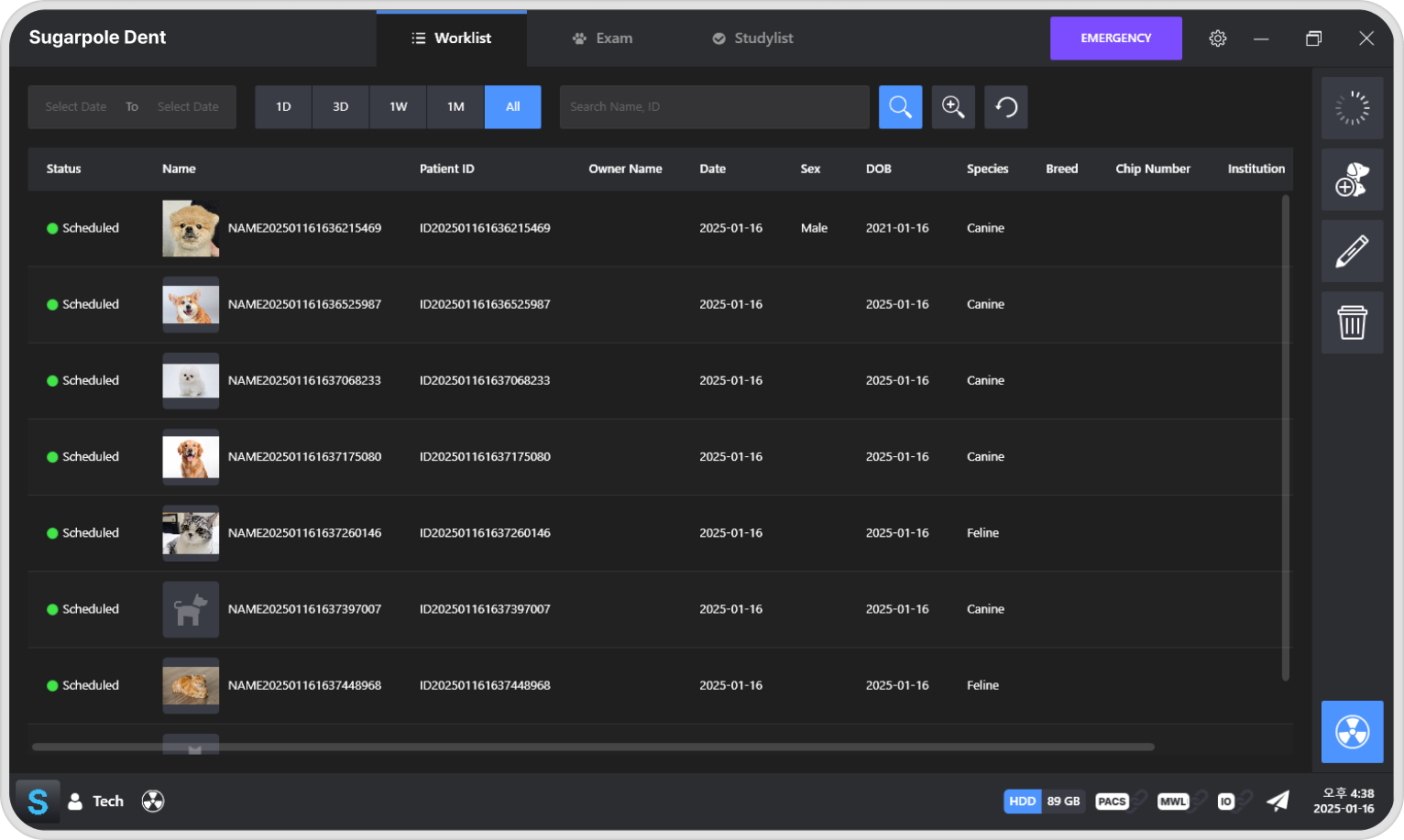
Adjust brightness and contrast levels to enhance image details and improve the visibility of subtle dental pathologies.
Tailor the image appearance to individual preferences and specific diagnostic needs.
Generate detailed reports that include measurements, annotations, and observations, facilitating communication and documentation.
Add annotations directly to images to highlight areas of interest, mark measurements, and provide additional context for diagnosis and treatment planning.
